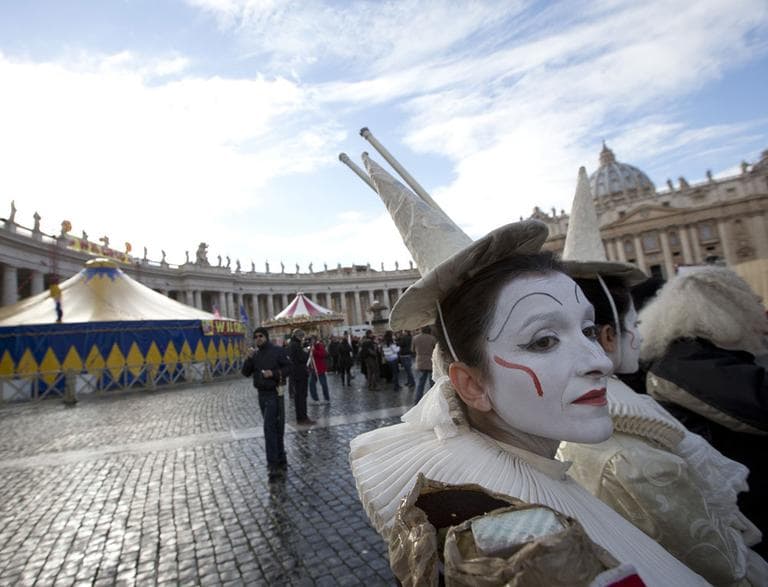Advertisement
The Circus: Past And Future
ResumeAcrobat Duncan Wall ran away to join the circus, and found the circus has changed. He’s with us.

The circus, of course, goes back to Roman times and beyond. In its recent heyday, it was the super-spectacle, the monster show, of the 19th century. The circus train, Barnum and Bailey, all that, would unload a roaring menagerie and waves of performers that would transform a town and set imaginations ablaze.
These days, that heyday is long ago. And the circus is changing again. Back to some old, old roots made very new. Think Cirque du Soleil. Think high circus art.
This hour, On Point: an insider’s view of the the changing world, the evolution, of the circus.
-Tom Ashbrook
Guest
Duncan Wall, author of "The Ordinary Acrobat: A Journey into the Wondrous World of the Circus, Past and Present."
From Tom's Reading List
The New Republic "This question—is the circus art?—is at the center of Duncan Wall's book The Ordinary Acrobat, a history of the circus up to the present day told through a memoir of his year at a circus school in Paris. Each chapter introduces an aspect of the circus as Wall encounters it, so we learn about the origins of the flying trapeze, for instance, when he finally screws up the courage to enroll in his college’s trapeze class. On the way, Wall interviews performers and other writers about their approach to the circus."
The Observer "When economists bemoan the foreign drain on homegrown talent and skills, they probably don't have trapeze artists, acrobats or high-wire walkers in mind. Yet Britain has lost a generation of highly-trained performers to circus troupes based abroad."
Excerpt: "The Ordinary Acrobat"
This program aired on February 26, 2013.